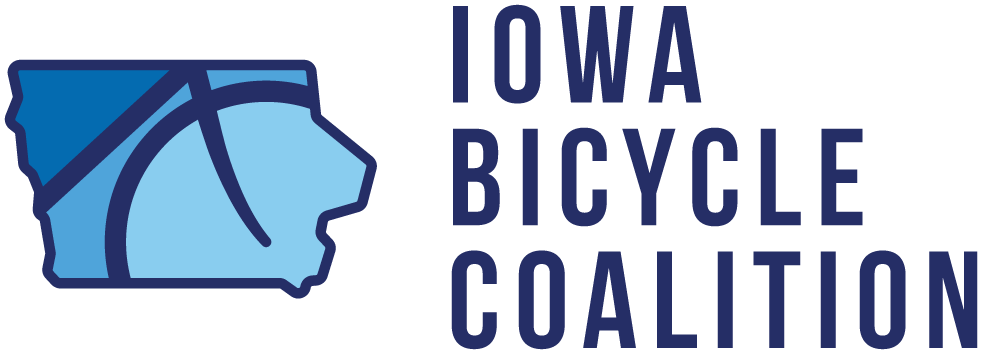Explanation:
Iowa has had success with the safe routes to school program. After years of lacking attention to school walking and bicycling infrastructure, the federal Safe Routes to School Program made five years of inroads building sidewalks, improving crossings, and creating safety programs.
Funding was eliminated at the federal level and local sources of funding have been transferred to the Surface Transportation Program in many areas. The Iowa DOT maintained the program which saw exponentially greater demand than it had for available funding.
Our communities, especially in the rural areas, have gaps of unbuilt sidewalks or sidewalks in disrepair. Unfortunately, cities do not have funding to repair, replace, or bridge the gaps. Iowa should establish safe routes to school program or sidewalk infill program with $1 million per year in funding.
Take Action:
No action needed at this time.
Other Legislation:
We have grouped our bills by subject because multiple bills may address the same topic. Learn more on each topic at:
Or return to our legislative page: https://iowabicyclecoalition.org/policy-and-legislation/
Iowa has had success with the safe routes to school program. After years of lacking attention to school walking and bicycling infrastructure, the federal Safe Routes to School Program made five years of inroads building sidewalks, improving crossings, and creating safety programs.
Funding was eliminated at the federal level and local sources of funding have been transferred to the Surface Transportation Program in many areas. The Iowa DOT maintained the program which saw exponentially greater demand than it had for available funding.
Our communities, especially in the rural areas, have gaps of unbuilt sidewalks or sidewalks in disrepair. Unfortunately, cities do not have funding to repair, replace, or bridge the gaps. Iowa should establish safe routes to school program or sidewalk infill program with $1 million per year in funding.

